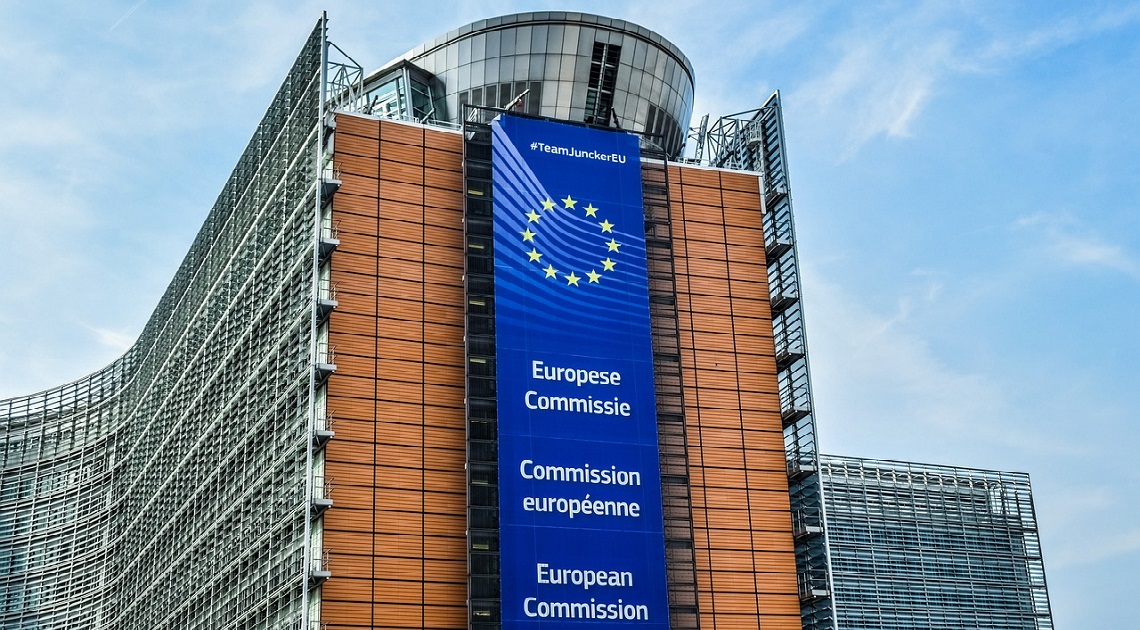The year in which we may have faced the biggest energy crisis since the Second World War is slowly coming to an end. The countries of the world, and mostly the countries of the European Union, which were the most affected, managed to manage the new situation at least until now. The plans to overcome the crisis gave results, so citizens and companies from the Union, as well as countries from other parts of Europe, at least did not face restrictions. But the price for this is already too high and everyone is paying it. The Union managed to realize part of its plans for a successful energy transition and, above all, the replacement of Russian gas, but the price for this process is huge.
Although very expensive, the current process, which should lead to greater energy independence of the Union, actually solved the problem only for 2022. Although some of the energy sources, especially the renewable ones, may provide energy for some of the needs in the longer term, the 2023 energy plan for the Union remains uncertain. For the EU in the energy sense, many open questions and challenges remain in the energy sense. The political leaders of the Union tried to overcome the situation with a series of plans, programs and recommendations. In bureaucratic terms, many decisions, but in reality, the problem remains largely unresolved.
In November of this year, the European Commission adopted a decision that set the gas storage targets up to 90%. November 1 of the following year. The purpose of this regulation, on the basis of which the reservoirs in the Union were filled during 2022, is to ensure stability in supply for companies, the public sector, and citizens. The European Commission is making efforts to spend the next winter of 2023/2024 safely. To achieve greater EU energy independence, this regulation is only one step. Greater coordination, the creation of joint purchasing mechanisms, and coordination in filling and supply will be necessary to achieve greater stability and better prices.
The latest report of the International Energy Agency (IEA), which warns that next year the European Union may face a shortage of 30 billion cubic meters of natural gas, confirms that the works carried out so far offer only short-term solutions. IEA’s forecasts are not optimistic, so according to their analysis, the EU will face an even greater challenge in 2023 than this year. IEA sees part of the solution to this problem in increased energy efficiency measures, investments in renewable energy sources, and restructuring of existing gas systems in homes and public buildings. Increased financial assistance is also proposed for renovating homes and replacing gas installations with electricity and heat pumps to reduce the gap.
There is no doubt that the EU continues to face serious challenges and energy instability, which the real sector is increasingly unable to bear. Investments in renewable energy sources will have to remain at a high level and even increase, in order to provide larger amounts of energy. However, gas remains important in the Union’s energy mix. The challenge of securing sufficient quantities will be great next year as well.

